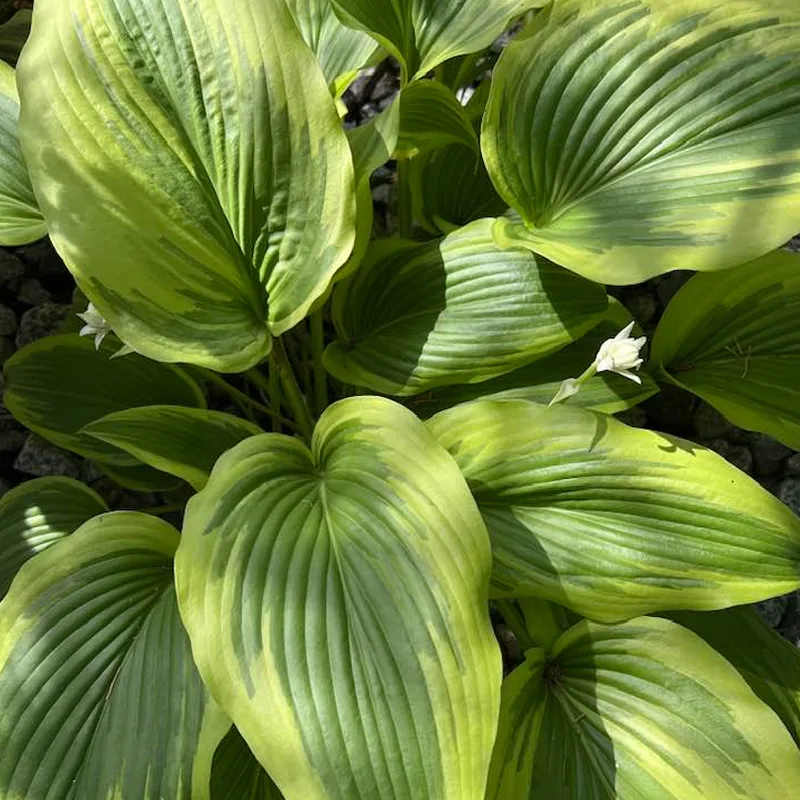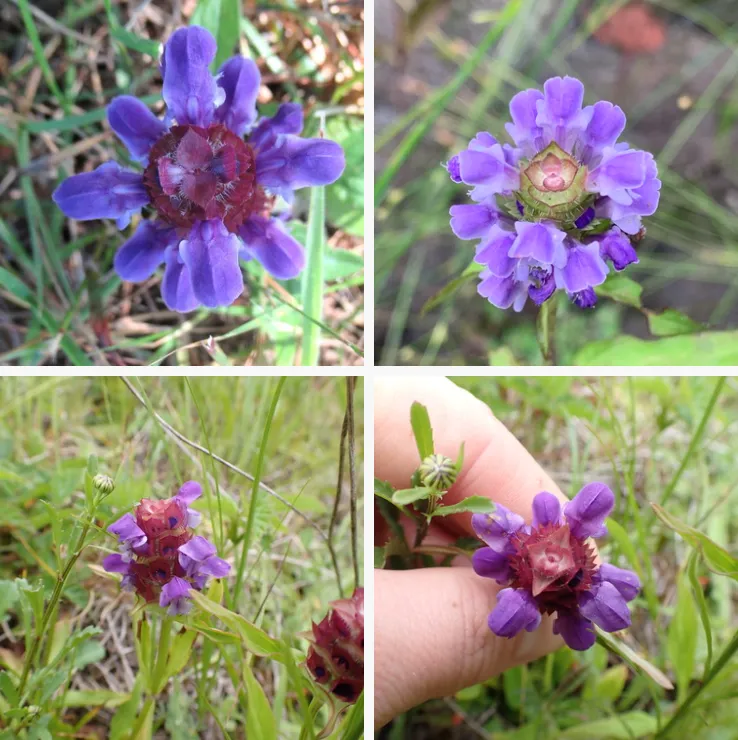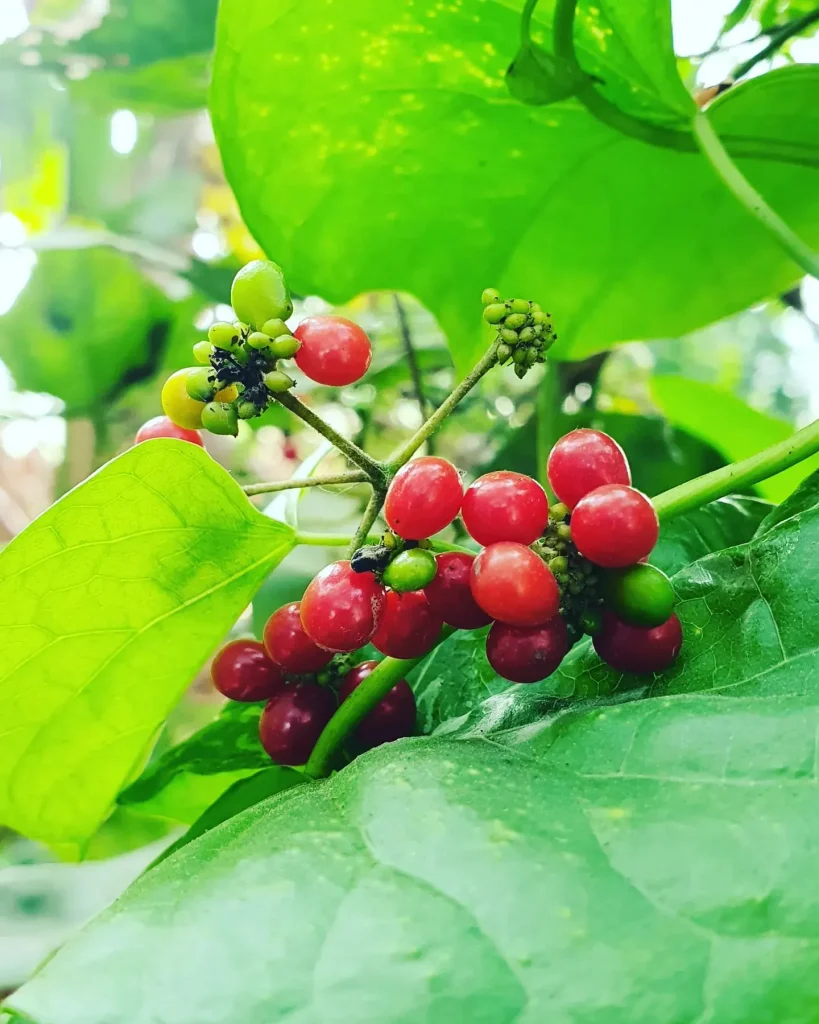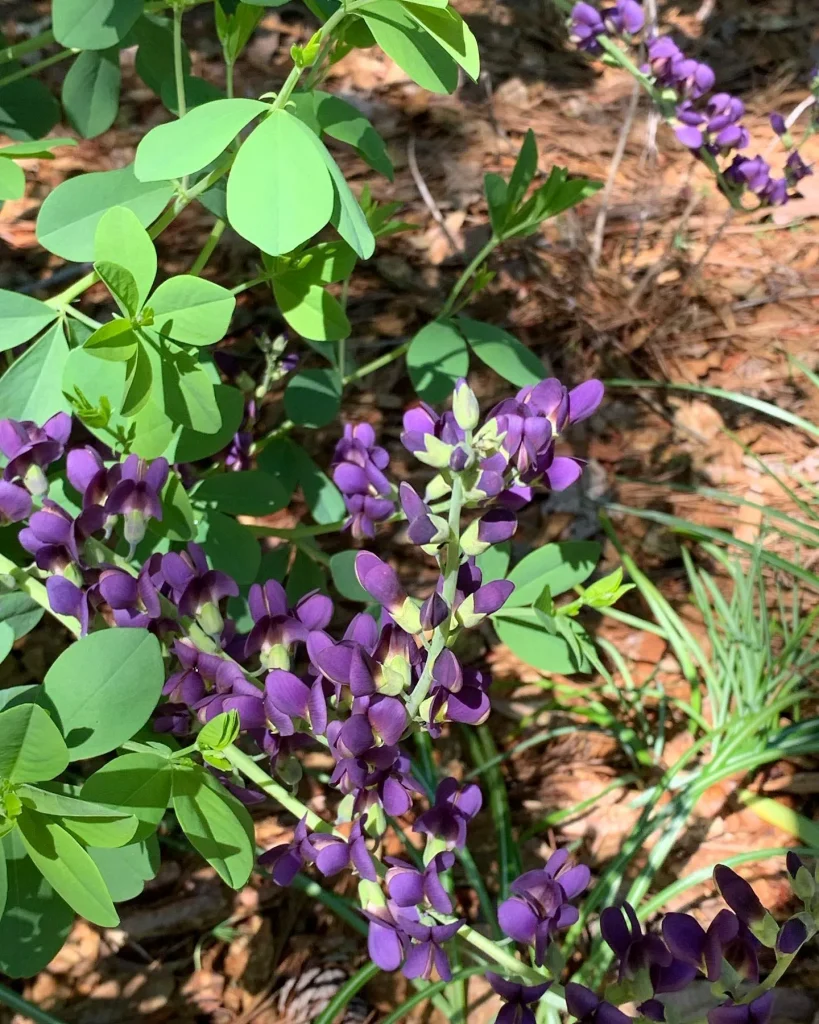Scaevola: The Fan-Flower That Captured My Imagination
My name is Ferb Vu, and I’ve always been drawn to the unique and intriguing in the natural world. So, when I first encountered the Scaevola genus, I was instantly captivated. With their distinctive fan-shaped flowers and hardy nature, these plants have become a favorite of mine, and I’m eager to share my fascination with you.
A Closer Look at Scaevola
Scaevola, a genus belonging to the Goodeniaceae family, boasts over 100 species. These plants are predominantly found in Australia and Polynesia, with Australia being a particular hotspot of diversity, hosting roughly 80 unique species. They thrive in a variety of habitats, showcasing their adaptability and resilience.
The name “Scaevola” originates from the Latin word “scaevus,” meaning “left-handed.” This etymology becomes clear when observing the flower’s unique structure, which resembles a hand with fingers missing, as if it’s been cut in half. This distinctive feature has also earned them the moniker “fan-flower” or “half-flower.” In Hawaii, they’re known as “naupaka,” a name steeped in local legend.
Diversity within the Genus
The Scaevola genus encompasses a wide array of forms, from prostrate ground covers to shrubs reaching a meter in height. Their leaves vary significantly, ranging from small and fleshy to large and serrated. The characteristic fan-shaped flowers come in a spectrum of colors, including white, blue, purple, and even pink. This diversity within the genus makes them a versatile choice for various landscaping needs.
Here are:
- Scaevola acacioides Carolin
- Scaevola aemula R.Br.
- Scaevola albida (Sm.) Druce
- Scaevola amblyanthera F.Muell.
- Scaevola anchusifolia Benth.
- Scaevola angulata R.Br.
- Scaevola angustata Carolin
- Scaevola archeriana L.W.Sage
- Scaevola argentea Carolin
- Scaevola auriculata Benth.
- Scaevola balansae Guillaumin
- Scaevola ballajupensis L.W.Sage
- Scaevola barrierei A.S.Wulff & Munzinger
- Scaevola basedowii Carolin
- Scaevola beckii Zahlbr.
- Scaevola brookeana F.Muell.
- Scaevola browniana Carolin
- Scaevola bursariifolia J.M.Black
- Scaevola calendulacea (Andrews) Druce
- Scaevola calliptera Benth.
- Scaevola canescens Benth.
- Scaevola × cerasifolia Skottsb.
- Scaevola chamissoniana Gaudich.
- Scaevola chanii K.M.Wong
- Scaevola chrysopogon Carolin
- Scaevola coccinea Däniker
- Scaevola collina J.M.Black ex E.L.Robertson
- Scaevola coriacea Nutt.
- Scaevola crassifolia Labill.
- Scaevola cuneiformis Labill.
- Scaevola cunninghamii DC.
- Scaevola cylindrica Schltr. & K.Krause
- Scaevola densifolia Carolin
- Scaevola depauperata R.Br.
- Scaevola enantophylla F.Muell.
- Scaevola eneabba Carolin
- Scaevola erosa Guillaumin
- Scaevola filifolia (R.Br.) K.A.Sheph.
- Scaevola floribunda A.Gray
- Scaevola gaudichaudiana Cham.
- Scaevola gaudichaudii Hook. & Arn.
- Scaevola glabra Hook. & Arn.
- Scaevola glabrata Carolin
- Scaevola glandulifera DC.
- Scaevola globosa (Carolin) Carolin
- Scaevola globulifera Labill.
- Scaevola glutinosa Carolin
- Scaevola gracilis Hook.f.
- Scaevola graminea Ewart & A.H.K.Petrie
- Scaevola hainanensis Hance
- Scaevola hamiltonii K.Krause
- Scaevola hobdyi W.L.Wagner
- Scaevola hookeri (de Vriese) F.Muell. ex Hook.f.
- Scaevola humifusa de Vriese
- Scaevola humilis R.Br.
- Scaevola kallophylla G.J.Howell
- Scaevola kilaueae O.Deg.
- Scaevola laciniata F.M.Bailey
- Scaevola lanceolata Benth.
- Scaevola linearis R.Br.
- Scaevola macrophylla (de Vriese) Benth.
- Scaevola macropyrena I.H.Müll.
- Scaevola macrostachya (de Vriese) Benth.
- Scaevola marquesensis F.Br.
- Scaevola micrantha C.Presl
- Scaevola microphylla (de Vriese) Benth.
- Scaevola mollis Hook. & Arn.
- Scaevola montana Labill.
- Scaevola muluensis K.M.Wong
- Scaevola myrtifolia (de Vriese) K.Krause
- Scaevola neoebudica Guillaumin
- Scaevola nitida R.Br.
- Scaevola nubigena Lauterb.
- Scaevola obovata Carolin
- Scaevola oldfieldii F.Muell.
- Scaevola oppositifolia Roxb.
- Scaevola ovalifolia R.Br.
- Scaevola oxyclona F.Muell.
- Scaevola paludosa R.Br.
- Scaevola parvibarbata Carolin
- Scaevola parviflora K.Krause
- Scaevola parvifolia F.Muell. ex Benth.
- Scaevola pauciflora Leenh.
- Scaevola paulayi Fosberg
- Scaevola phlebopetala F.Muell.
- Scaevola pilosa Benth.
- Scaevola platyphylla Lindl.
- Scaevola plumieri (L.) Vahl
- Scaevola porocarya F.Muell.
- Scaevola porrecta A.C.Sm.
- Scaevola procera Hillebr.
- Scaevola pulchella Carolin
- Scaevola pulvinaris (E.Pritz.) K.Krause
- Scaevola racemigera Däniker
- Scaevola ramosissima (Sm.) K.Krause
- Scaevola repens de Vriese
- Scaevola restiacea Benth.
- Scaevola revoluta R.Br.
- Scaevola rialagartensis Cast.-Campos
- Scaevola samoensis Whistler
- Scaevola sericophylla F.Muell. ex Benth.
- Scaevola socotraensis H.St.John
- Scaevola spicigera Carolin
- Scaevola spinescens R.Br.
- Scaevola striata R.Br.
- Scaevola subalpina Malabrigo & Ondoy
- Scaevola subcapitata F.Br.
- Scaevola taccada (Gaertn.) Roxb. Plant FAQs: Scaevola Taccada – Beach Berry
- Scaevola tahitensis Carlquist
- Scaevola tenuifolia Carolin
- Scaevola thesioides Benth.
- Scaevola tomentosa Gaudich.
- Scaevola tortuosa Benth.
- Scaevola verticillata Leenh.
- Scaevola virgata Carolin
- Scaevola wrightii (Griseb.) M.Gómez
- Scaevola xanthina K.A.Sheph. & Hislop
Why I Admire Scaevola
My admiration for Scaevola stems from several factors. Firstly, their unique flower shape is undeniably captivating. The “half-flower” design is a testament to nature’s artistry and never fails to spark curiosity. Secondly, their resilience and adaptability impress me. Whether it’s the harsh coastal conditions or the arid inland, Scaevola species have proven their ability to thrive in diverse environments. This hardiness makes them a reliable choice for gardeners of all skill levels.
Furthermore, Scaevola plays a vital ecological role. Their flowers are a significant source of nectar for pollinators like bees and butterflies. Some species also produce fleshy fruits that serve as food for birds. Thus, cultivating Scaevola contributes to supporting local ecosystems.
Scaevola in My Life
I’ve incorporated Scaevola into my own gardening endeavors with great success. Their low-maintenance nature and extended blooming period make them ideal for adding a touch of color and vibrancy to my space. I particularly enjoy the way they cascade over hanging baskets or spill over walls, creating a beautiful, flowing effect.
Beyond their aesthetic appeal, I appreciate the sense of connection I feel to the natural world when I tend to my Scaevola plants. Observing their growth, their resilience, and their role in supporting local wildlife brings a sense of peace and fulfillment.
In conclusion, the Scaevola genus, with its unique beauty, resilience, and ecological importance, has earned a special place in my heart. I encourage everyone to take a closer look at these fascinating plants and perhaps even welcome them into their own gardens. You might just find yourself as captivated by them as I am.
If i die, water my plants!



